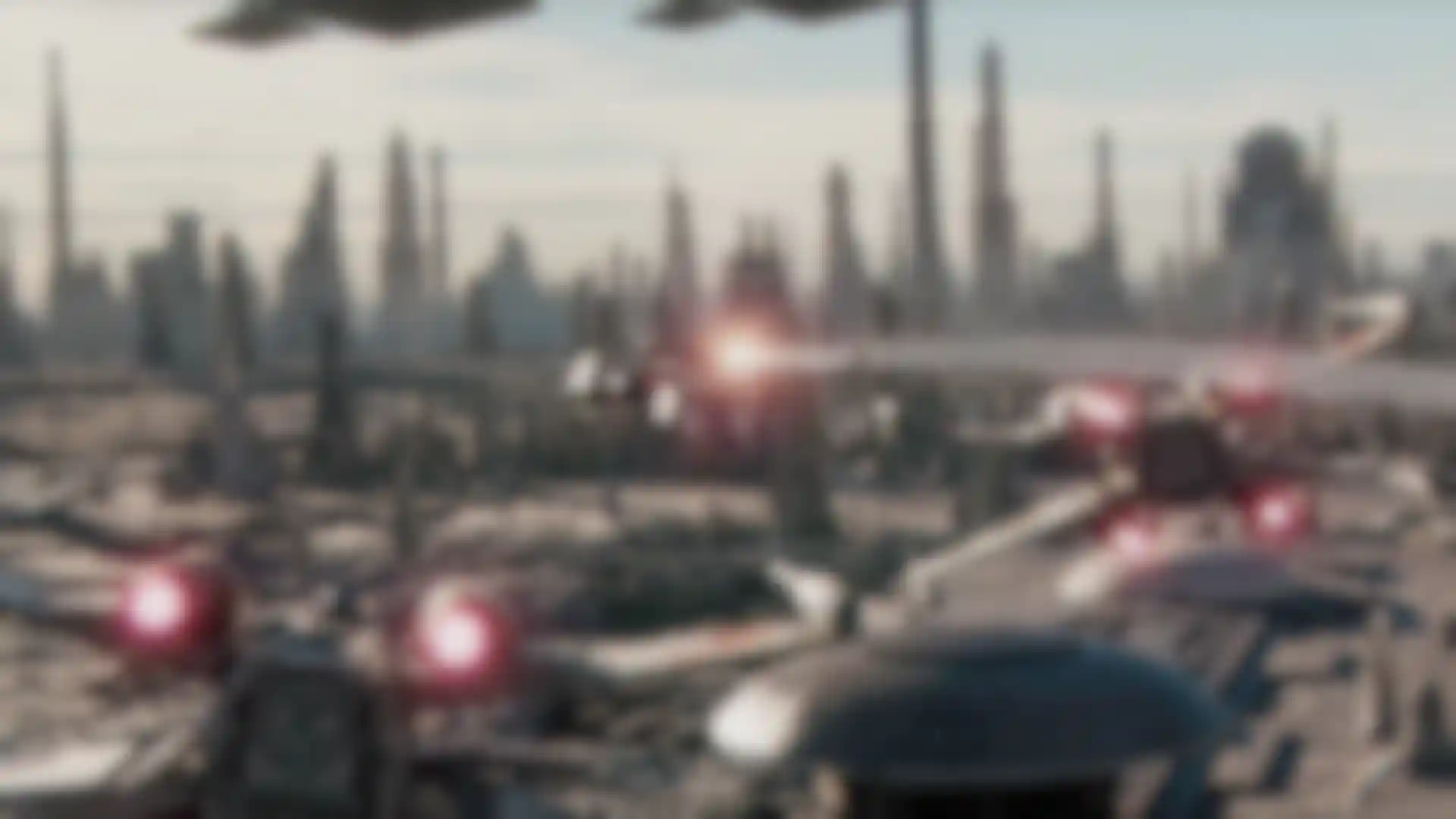
Creating an Aerial Battle Worthy of the Star Wars Universe VFX artist Christopher Parks on his fan film 'Star Wars: X-Wing’
Christopher Parks got his start in VFX working on the animated series “Robot Chicken” and went on to work on acclaimed series like “Silicon Valley” and “The Man in the High Castle,” as well as “Avengers: Infinity War” and “Avengers: Endgame.”
He also spent four years working on a passion project that expanded his skills and knowledge and allowed him to dive deeply into a variety of 3D and VFX tools, including Blender, Houdini, Substance Painter, Redshift and After Effects. The result is a jaw-dropping fan film, “Star Wars: X-Wing.”
The film’s compelling story and stunning VFX are even more impressive considering that the film was made entirely by Parks. Aside from actor Keith Cherry playing one of the two roles, Parks acted, directed and completed all the post-production on his own.
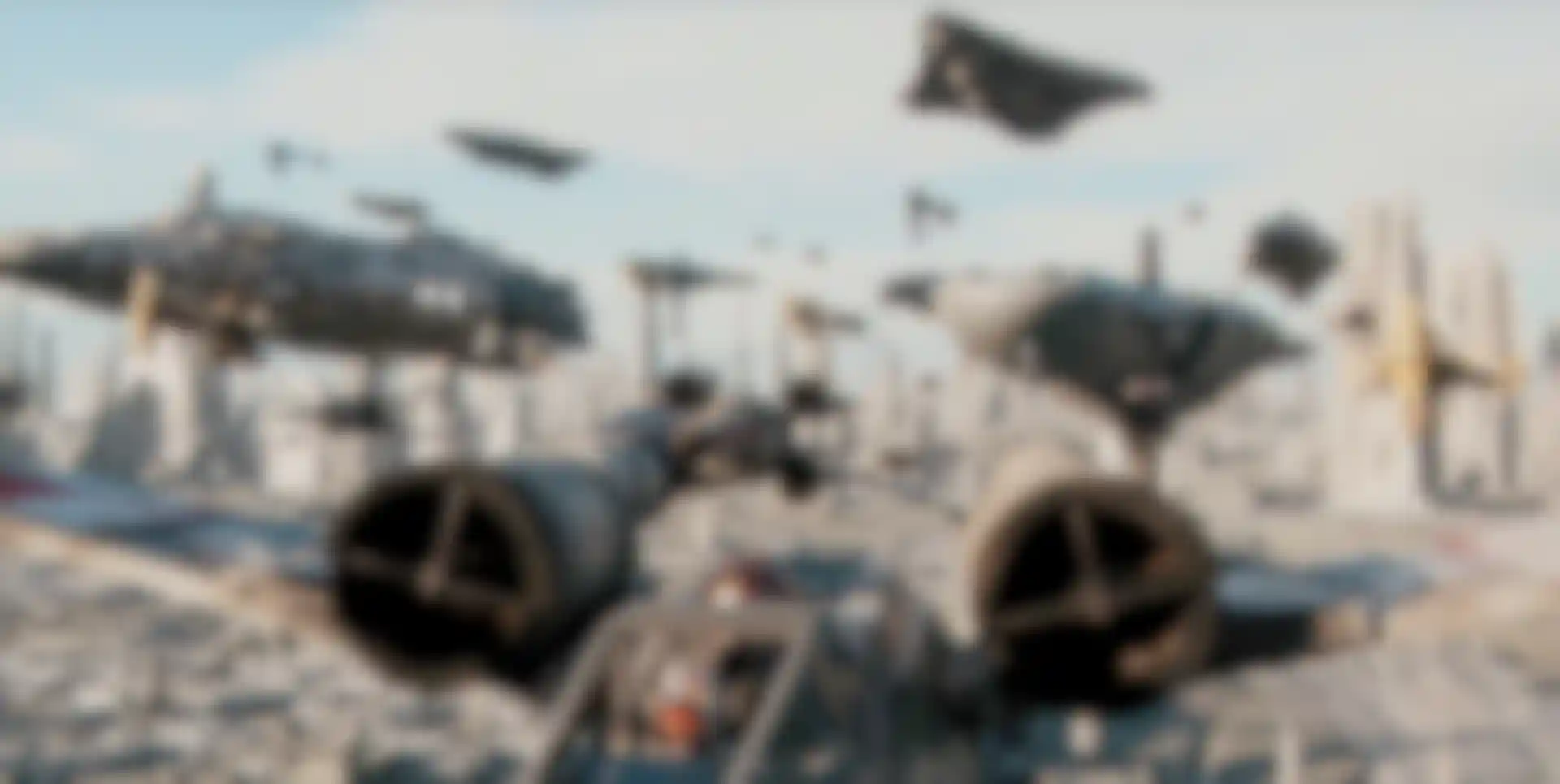
To learn more about the drive to complete his own Star Wars fan film and how he made it all on his own at home, we sat down with Parks to talk about all things VFX.
Tell us about your career in VFX.
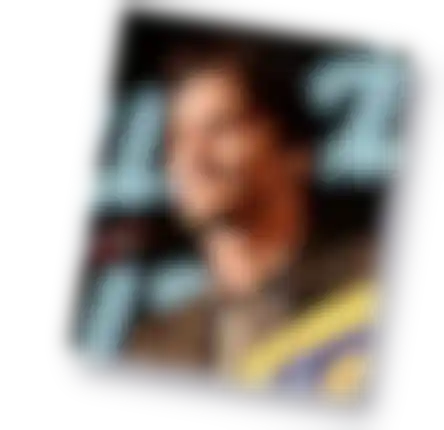
Parks: My first gig was at “Robot Chicken” doing After Effects work putting in lightsabers and lasers and things. As far as the CG stuff, my 3D career took off when I got a job at The Third Floor doing previz for “Avengers: Infinity War.” I came back for “Endgame” and that was just so fun.
Now I am an animation supervisor at Barnstorm VFX. I’ve been there for about four years, and I’ve worked on “The Man in High Castle” and “Silicon Valley,” and a lot of other projects. We probably work on television series around 70 percent of the time, 20 percent on movies and the rest on documentaries and commercials.
And somehow between all those projects you made a Star Wars fan film.
Parks: Yeah. This was on and off for around four years, especially during the lengthy parts of the pandemic. I’ve always wanted to make a dogfighting science-fiction story. This is actually my third or fourth attempt. I made some films for festivals when I was like 21, but they were convoluted and I was never really happy with them.
The idea for a Star Wars film simplified that challenge. Everyone already knows who the bad guys are and who the good guys are. They know what a Tie Fighter and X-Wing is. I could just make something about two pilots and just put it into this setting.
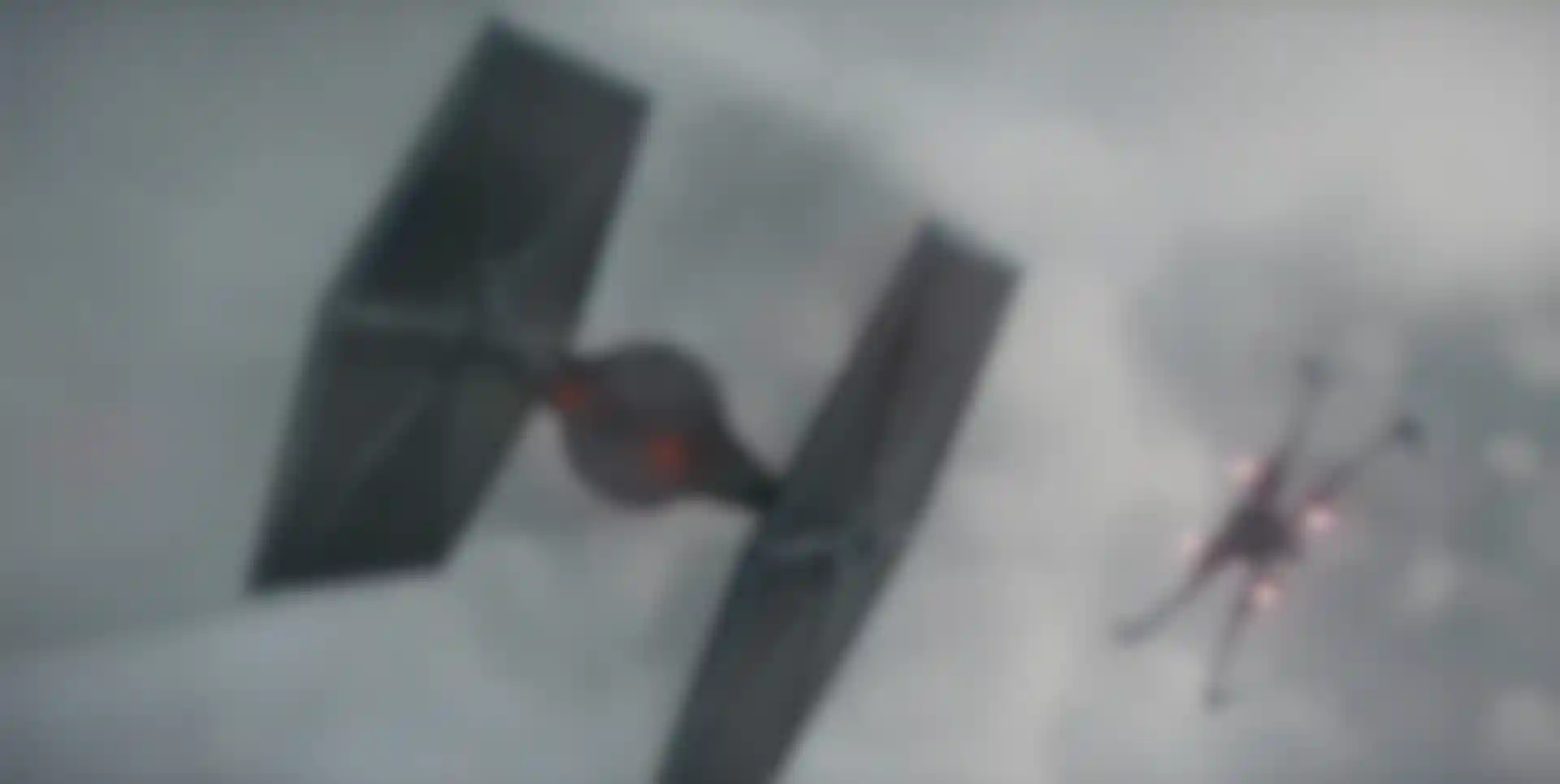
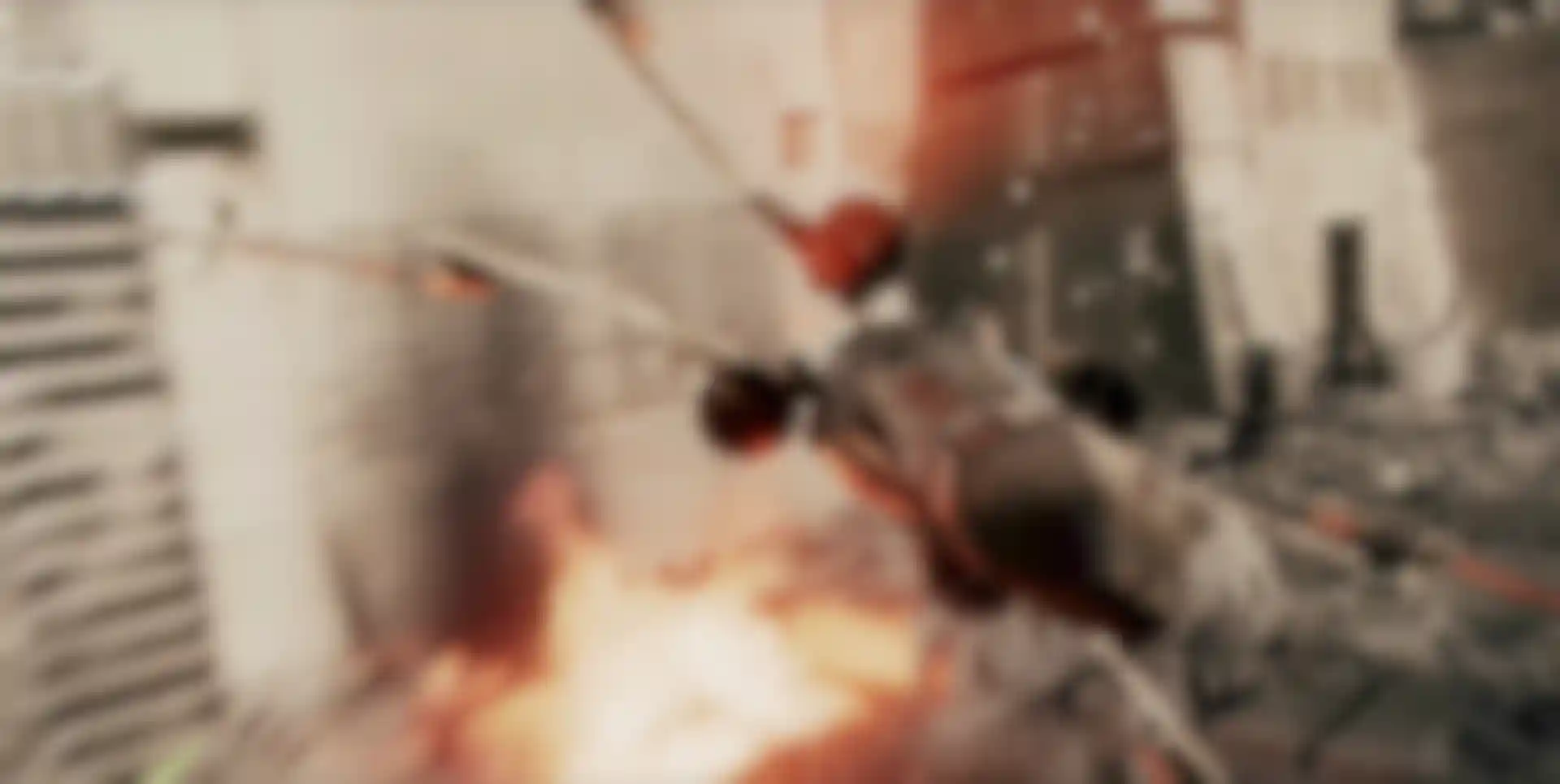
I took pieces from the books and video games to serve as the background because doing the whole story justice on my own would have been insane. This short was focused on the survival of two characters, and that’s what really made it fun.
How did this whole project come together?
Parks: I wanted to learn about dynamic tessellation. That’s where it all started. My thought was to do this crazy “Return of the Jedi” type of run on the Death Star with all this extra detail. In fact, the first idea was to use A-Wings. It was starfighters going into a ship and flying through the innards of a big space station as one continuous shot.
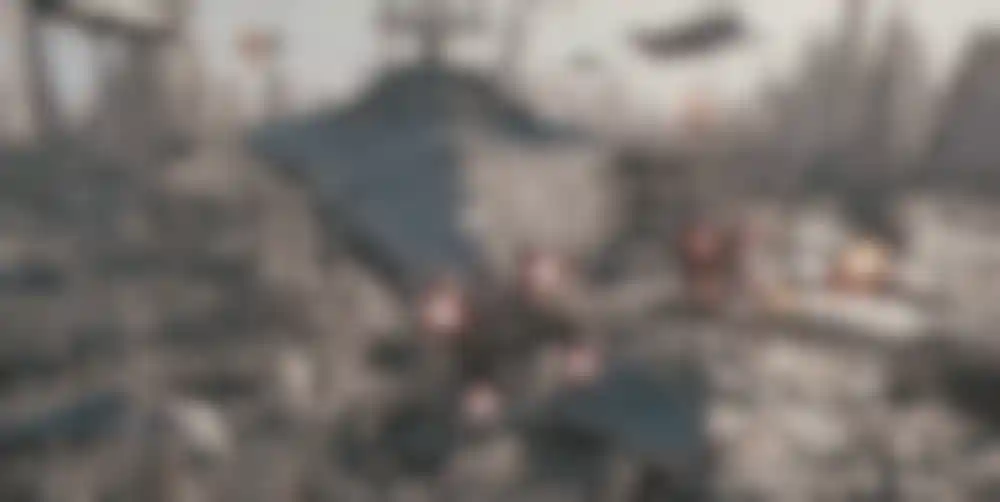
My thinking was I could make primitives of everything and just use all the procedural displacement maps throughout the whole thing. Then, I could animate in a very simple environment, but as the ships would fly through, you’d get all this detail. The displacement would create the environment. When I started testing tech, though, I realized tessellation was a terrible idea! So, I thought, ‘Okay, let’s just try to do it as the one continuous shot.’”
It helped, but the story kept evolving. I went back to the original Star Wars books that my mom had read. I pulled directly from a chapter in “The Krytos Trap” where a super star destroyer bursts out of the Imperial City. That’s when it all started coming together. Plus, I figured I could promote it as a fully animated version of the old video game with up-do-date graphics.
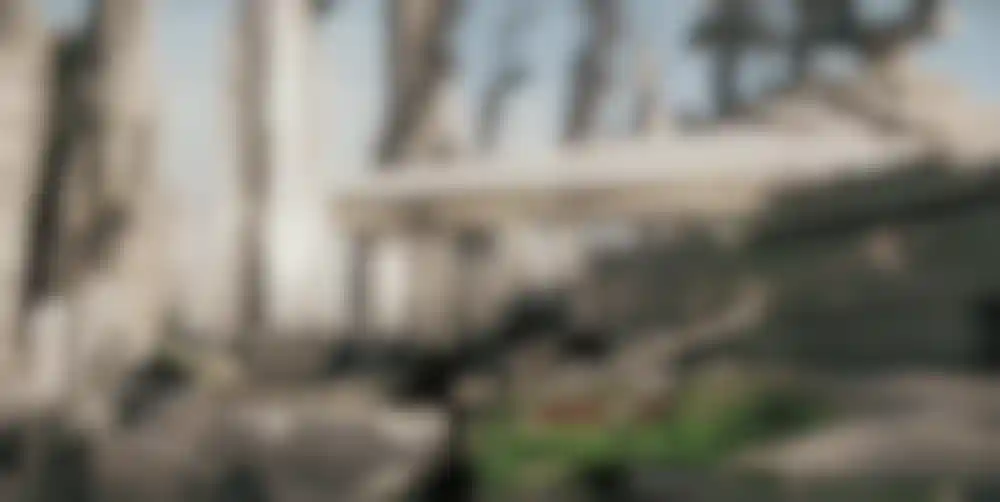
You and a friend star as the pilots. Tell me about building those characters.
Parks: I had originally planned to shoot the pilots on green screen, then I went down a rabbit hole inspired by the Haunted Mansion ride at Disneyland. Essentially, I wanted to project the footage onto CG characters so I could add some dynamic camera moves. Those original tests were, well, horrific.
I ended up building the final characters fully in CG from scratch, using Marvelous Designer for the suits. I modeled the helmets and then used Substance Painter. I tried to do the faces in Blender with Auto Rig Pro, which let me do some pretty simple facial rigs and get to a good place, but they just weren’t what I wanted.
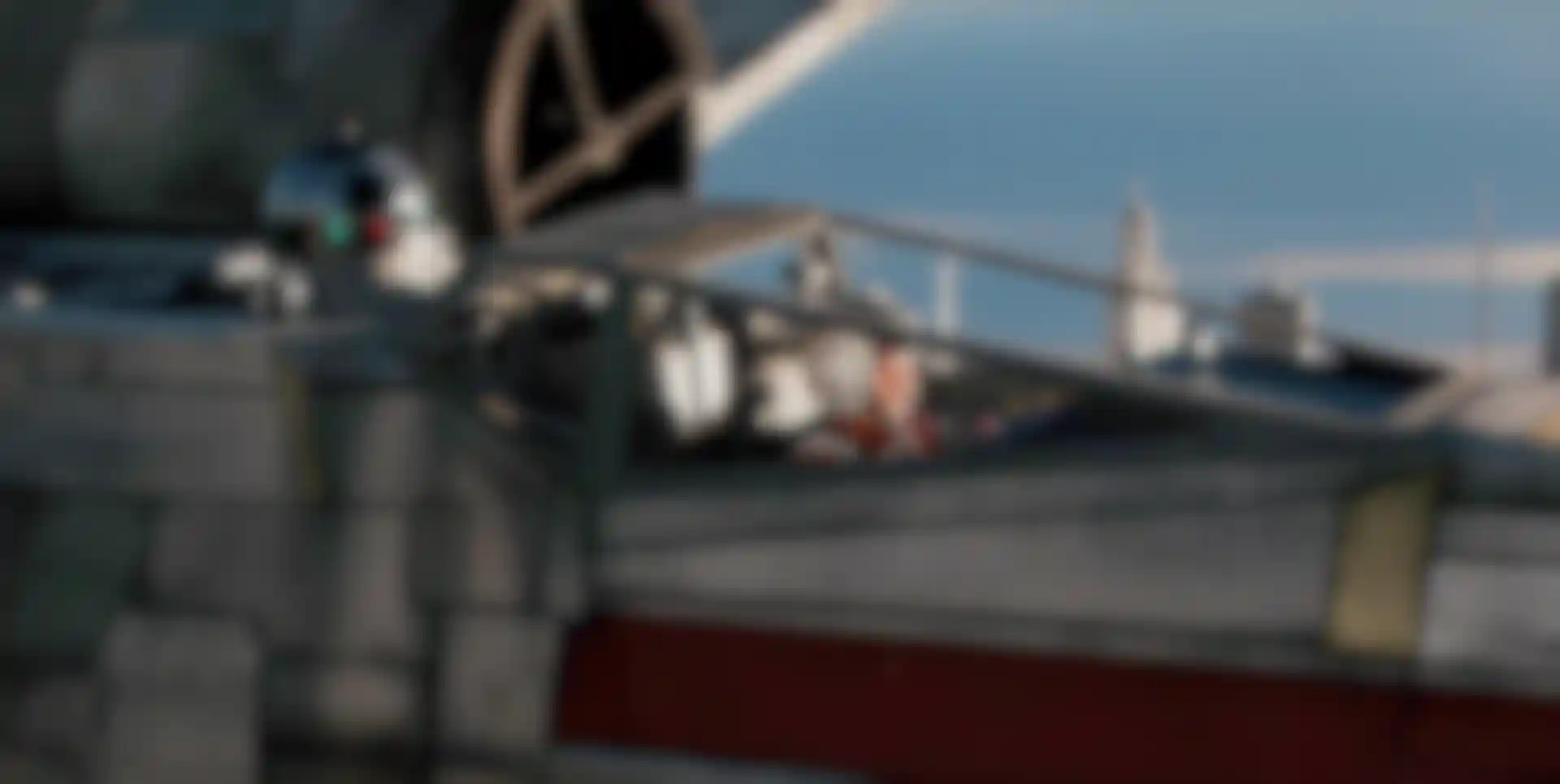
In isolated tests, my full CG characters looked pretty decent for my standards. But once I got the characters into the scene and actually rendered in the environment that I was using, the CG faces started to break down very quickly. This led me to DeepFaceLab where I decided to deep fake our faces onto the CGI versions of ourselves. Kind of a wacky approach but I think it made the faces passable. I never really got it all the way there, but I promise what's in there now is preferable to the CG renders.
How did you end up rendering out the whole project?
Parks: I used Redshift and rendered between my old PC that has two 1080 Tis, and a new PC that has a 2080 and 3090. I chose Houdini specifically for its Redshift integration. The Blender to Houdini and Redshift workflow is now my favorite way to work.
Redshift for Houdini has all the controls and attributes you need. These scenes were massive, with over 50 production-quality assets in any given frame between the buildings and ships.
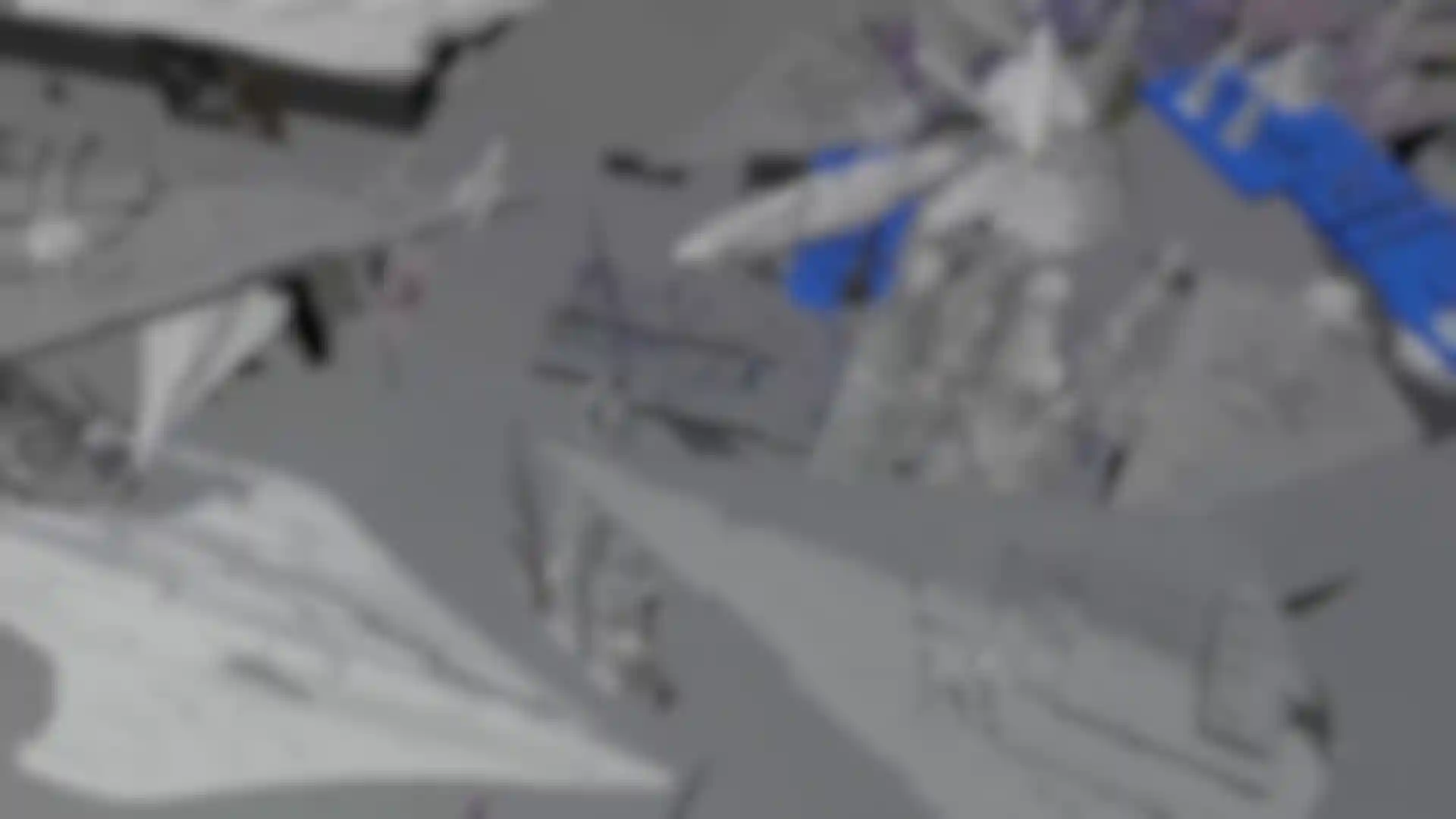
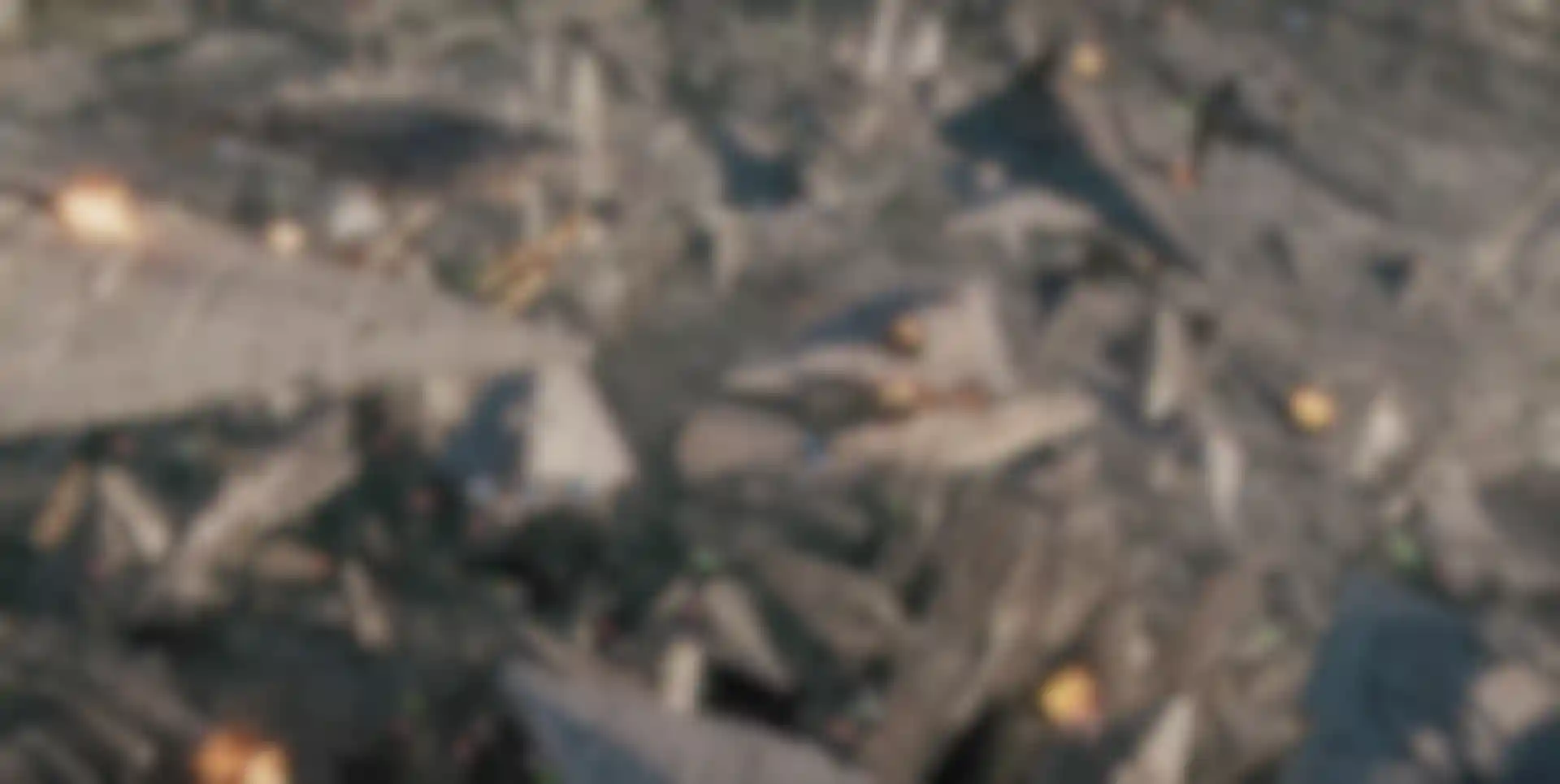
I did just about everything I could to optimize the scenes, and I managed to reduce my render time dramatically — down to two minutes to the first pixel. That’s hard to beat. Aside from the speed, Redshift is easy and fun to use. All in all, I probably spent around four to five months just rendering out the final sequences.
Do you plan to do more Star Wars projects?
Maybe, but definitely not something over five minutes long again. At least not on my own.